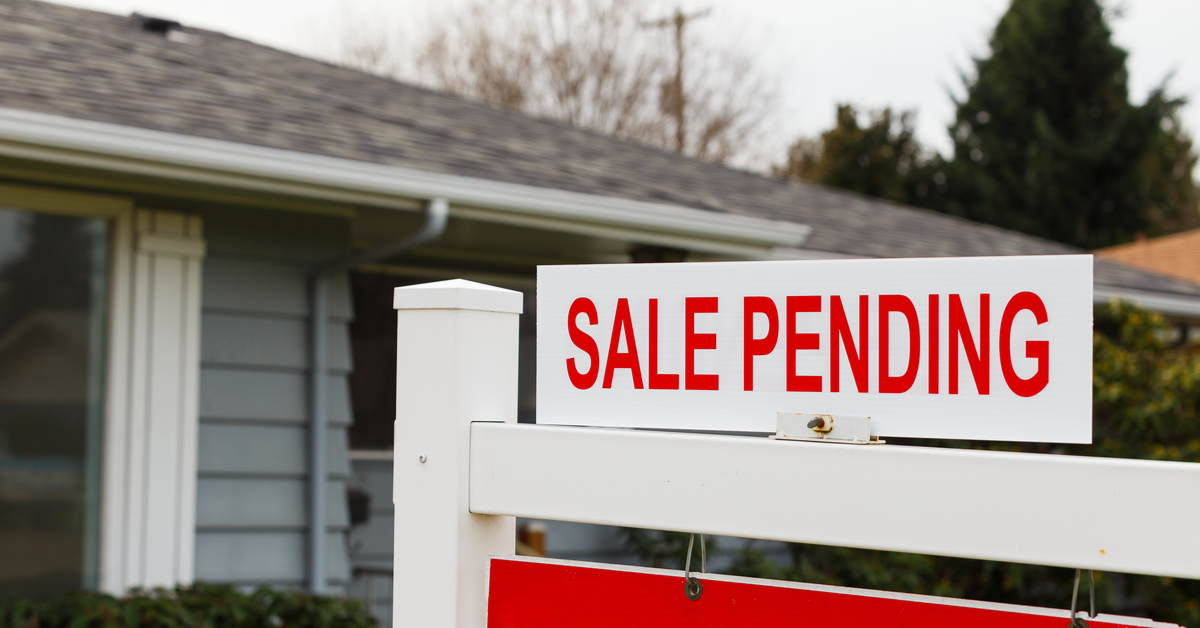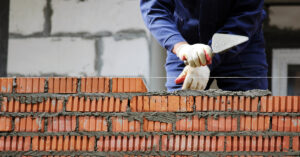After a record May recovery, pending home sales continued their rise during June, according to new data from the National Association of Realtors (NAR).
The NAR’s Pending Home Sales Index (PHSI), a metric developed by the NAR and based on contract signings, rose 16.6% month over month to reach a reading of 116.1. It’s the PHSI’s highest reading of at least the last 12 months, and June’s increase represents a second straight month of contract activity growth after plummeting since February.
Year over year, pending home sales are up 6.3%, impressing Lawrence Yun, chief economist for the NAR.
“It is quite surprising and remarkable that, in the midst of a global pandemic, contract activity for home purchases is higher compared to one year ago,” Yun said. “Consumers are taking advantage of record-low mortgage rates resulting from the Federal Reserve’s maximum liquidity monetary policy.”
The pending sales growth is consistent with the now 10 consecutive weeks of annual increases in home purchase applications reported by the Mortgage Bankers Association, added Joel Kan, the organization’s associate vice president of economic and industry forecasting.
Every region in the country saw double-digit monthly pending home sales gains, mirroring the national PHSI in achieving two straight months of increases. The South saw its PHSI grow 11.9% month over month to hit a reading of 140.3, up 10.3% over June 2019 and its highest level since 2001. And while the Northeast was the only region that saw a year-over-year drop in pending transactions, falling 0.9% from last year, it still recorded the biggest month-to-month gain at 54.4% to reach a reading of 95.4.
“The Northeast’s strong bounce back comes after a lengthier lockdown, while the South has consistently outperformed the rest of the country,” Yun said. “These remarkable rebounds speak to exceptionally high buyer demand.”
The Midwest logged a PHSI level of 110.9, up 12.2% monthly and 5.1% annually, while the West ended June with a reading of 99.6, up 11.7% monthly and 4.7% annually.
Yun added that as home seekers look to less dense areas to avoid contact as the pandemic persists, properties in suburbs and second-tier cities that were once market afterthoughts are now becoming more attractive. This is evidenced by Realtor.com data revealing that suburbs in cities like Columbia, South Carolina; Little Rock, Arkansas; Greensboro, North Carolina; and Cape Coral, Florida, are rising fastest among hotness rankings.
While the bounce-back in contract signings has been remarkable, both Yun and Kan noted that the future remains cloudy.
“While this is another piece of positive news for the housing market, there is some uncertainty ahead,” Kan said. “COVID-19 cases are rising in many parts of the country, the unemployment benefits extension remains in doubt, and housing inventory remains tight.”
Sharply rising lumber prices are another significant headwind, said Yun.
“A reduction in tariffs — even if temporary — would help increase home building and thereby spur faster economic growth,” he said.







